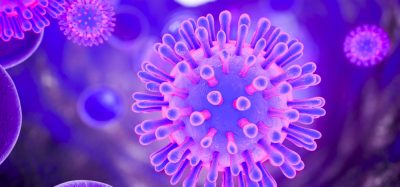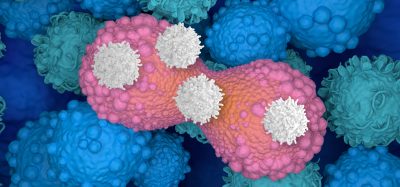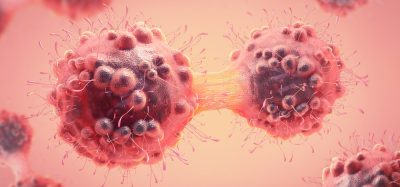Scientists discover new features of rare lung disease
Posted: 28 February 2022 | Ria Kakkad (Drug Target Review) | No comments yet
Researchers at the US National Heart, Lung, and Blood Institute have discovered new insights about lymphangioleiomyomatosis, a rare lung disease that affects about one in 200,000 Americans.

Scientists at the National Heart, Lung, and Blood Institute (NHLBI), US have uncovered new insights about lymphangioleiomyomatosis (LAM), a rare disease that commonly features the growth of abnormal cells in different tissues and organs, including the lungs.
In their research of LAM cells, which was recently published in the American Journal of Respiratory Cell and Molecular Biology, the scientists discovered differences in the physical expression in the lymphatic endothelial cells. These cells appeared to resemble cells in lymphatics as well as blood endothelial cells. The characteristics were also noted in a small percentage of lung cells provided by people living with idiopathic pulmonary fibrosis (IPF), another rare lung disease. However, the researchers did not observe this phenotypical crossover when studying cells from healthy volunteers or from people living with Kaposi’s sarcoma, a blood-related cancer.
When LAM cells accumulate in the lungs, cysts can form and impede airflow, making it hard to breathe. To help people living with LAM and other rare lung conditions, researchers have been studying physical characteristics of the disease. LAM cells in the lung reside in nodules, which are small clusters of LAM and other cells that line the cysts and may be disseminated. These lung nodules also contain lymphatics, part of the lymphatic system, which supports circulation and immune function. Lymphatic endothelial cells line the nodules and provided new insight about LAM.
This Rare Disease Day, learn about the ground-breaking work to advance precision medicine for Castleman disease, a rare cytokine storm disorder, in our on-demand webinar:
Researchers are hopeful that ongoing research and future studies will lead to personalised therapies for people living with LAM and other rare lung conditions. They also recommend studying and will continue to follow the role lymphatics may have in disease progression, which could support the development of new and improved therapies.
Related topics
Disease Research, Research & Development, Targets, Therapeutics
Related conditions
Idiopathic pulmonary fibrosis (IPF), lymphangioleiomyomatosis
Related organisations
National Heart Lung and Blood Institute (NHLBI)







